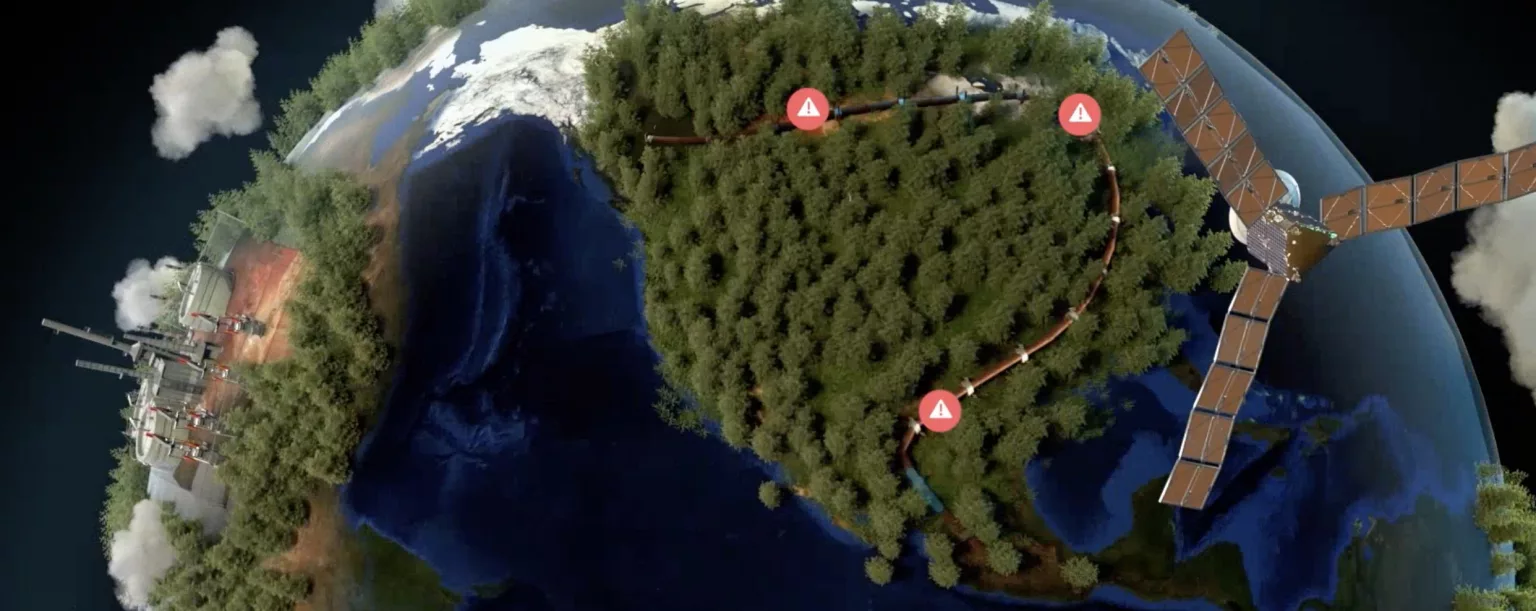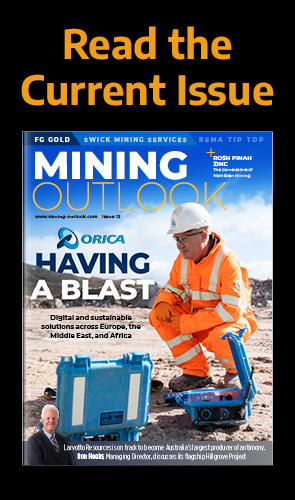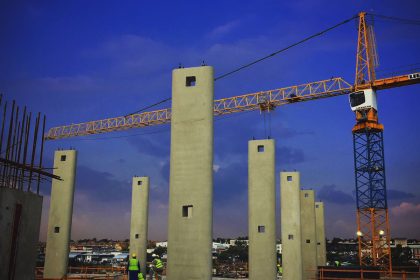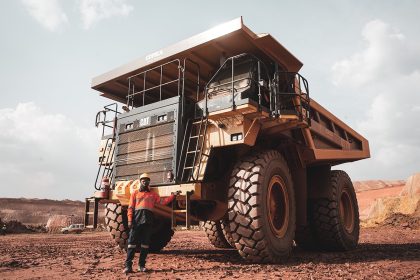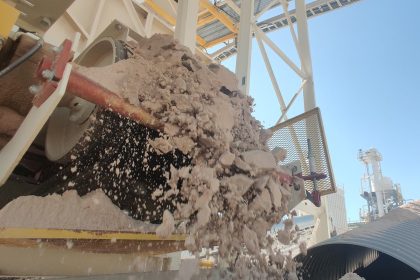Co-founder and CEO at AiDash, Abhishek Vinod Singh, shares how advances in AI and satellite technology can help the industry reach net-zero and biodiversity targets.
INTRODUCTION
The mining industry plays a significant role in the economic development of countries and is expected to grow considerably to support the clean energy transition’s soaring demand for raw materials such as graphite, lithium, and cobalt. However, poorly managed mining operations can create substantial adverse environmental impacts through ultra-high emissions and damage to biodiversity and ecosystems.
There is a major opportunity available to mining businesses to help mitigate these environmental challenges. As large landowners, they can use those assets to unlock untapped environmental value such as biodiversity net gain and carbon capture.
Up to 90 percent of land owned by mining businesses is not actively used for mining, and 80 percent of previously mined land is not used for subsequent economic activity. According to recent statistics, approximately 1.29 million hectares of land has been reclaimed from coal mining in the US between 1975-2021. This creates an opportunity to use both land surrounding mines, where there are no imminent plans for excavation, alongside land that has already been mined – where the recovery of this land presents the biggest opportunity for environmental gains.
Advances in artificial intelligence (AI) and satellite technology can empower mining companies with the insights they need to understand the biodiversity net gain and carbon capture potential of their land. Furthermore, the technology can support these businesses in building effective sustainability strategies by accurately measuring and monitoring improvements across large areas of land quickly and affordably.
OFFSETTING THE RISKS IN CARBON MANAGEMENT
Mining is currently responsible for between four and seven percent of greenhouse gas emissions globally. Pressure from society, investors and governments means emissions reduction has become a priority for the industry. Many of the world’s largest mining businesses, including Anglo American, Rio Tinto and BHP, have pledged net-zero commitments by 2050.
To reduce carbon emissions, many businesses across industries are looking to carbon credits as a solution. However, with the price of credits projected to rise by up to 3,000 percent by 2029, it is a mechanism primed for drastic budgeting risks. There are also substantial questions about the validity of carbon credits and, as a result, they are becoming an increasingly problematic tool for businesses to successfully navigate.
However, the mining industry does not need to rely on a volatile carbon credit market or on remote carbon offsetting projects. Instead, as large landholders, they can build carbon capture programmes on their own land.
By using satellite images, combined with AI, businesses can determine the amount of carbon captured in their land and predict the potential to capture additional carbon. The solution not only provides measurements that meet carbon credit standards, but also continuous evidence to prove that credits are based on additional carbon captured and that carbon remains permanently captured in the ground, which is crucial for credible ESG reporting.
By using their own land to offset carbon, mining businesses can save up to 90 percent when compared to purchasing credits from the open market. For example, if a mining business owning 250,000 acres dedicated 10 percent of its land to carbon capture, they could save $205 million by 2035.
PRESERVING BIODIVERSITY
Biodiversity is becoming the next major environmental crisis, inescapably linked to the impacts of climate change. The World Economic Forum estimates that more than 50 percent of global GDP, $44 trillion, is dependent on biodiversity. Governments are responding, with new legislation under development or already in effect, including Recovering America’s Wildlife Act of 2022, and the Safeguarding America’s Future and Environment Act of 2021.
Mining imposes significant pressures on biodiversity. Recent estimates by the World Bank put nearly a third of global forests under the potential influence of large-scale mining. Over 3,300 large-scale operational, planned, or dormant mines in the world are in forests, often in areas of high biodiversity value. Every year, for the last decade, 20 new large-scale mines have been commissioned in forest areas.

By using their own land to offset carbon, mining businesses can save up to 90 percent when compared to purchasing credits from the open market. For example, if a mining business owning 250,000 acres dedicated 10 percent of its land to carbon capture, they could save $205 million by 2035”
Abhishek Vinod Singh, Co-founder and CEO, AiDash
However, as with carbon capture, the mining industry can reduce its environmental impact by launching biodiversity net gain programs on their own land.
Biodiversity has long been difficult to measure. Traditional solutions are frequently manual and highly complex, involving sending ecologists to sample key areas, collect data and extrapolate findings for the entire site, often resulting in incomplete data prone to unconscious bias. Using the same satellite and AI technology as carbon management, habitat surveys can be automated from space and businesses can accurately quantify key biodiversity metrics such as air pollution, pollination and recreational benefits at site and portfolio level within a week – an undertaking that has historically taken up to six months with manual methods.
This quickly establishes a detailed baseline from which to measure biodiversity targets. It also greatly improves the accuracy of calculations, enabling mining businesses to track progress effectively and affordably, with operational costs up to 75 percent less than traditional methods.
OTHER BENEFITS OF SATTELITE AND AI TECHNOLOGY TO THE MINING INDUSTRY
The technology can also assist with disaster and disruption management by detecting wildfire risks and storms, providing early warnings so that action can be taken to mitigate the impact and costs of such events, particularly as climate change increases the frequency. Additionally, it can be used to detect integrity issues, underground movement, excavation volumes and associated risks, as well as encroachments on owned land, and ethane and methane gas levels.As the mining industry looks to navigate the many complex challenges of 2023 and beyond, businesses must embrace advances in technology, such as satellite and AI, to help them achieve carbon emission reduction, biodiversity net gain, and other environmental targets as well as enable them to integrate sustainability strategies into business operations.



